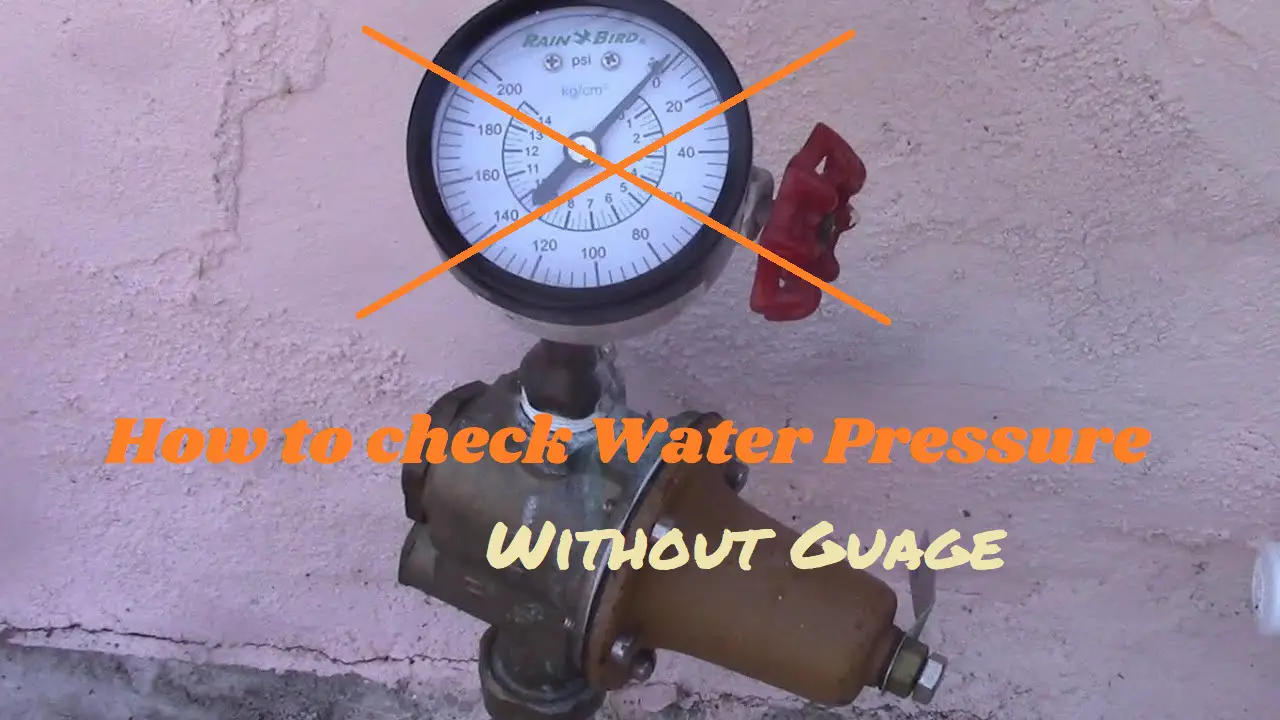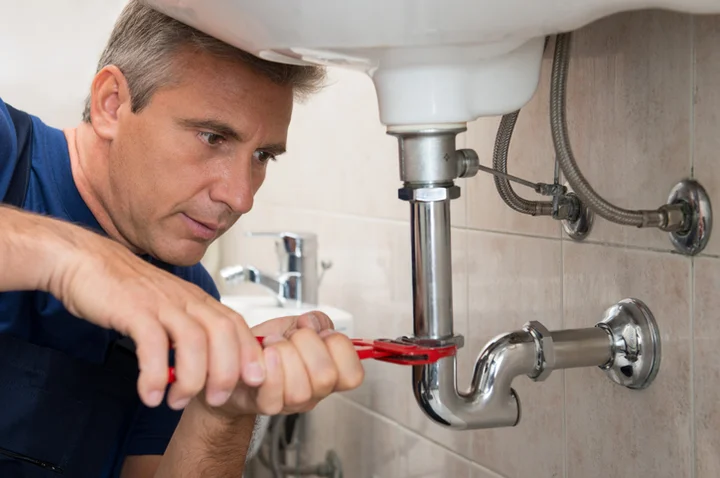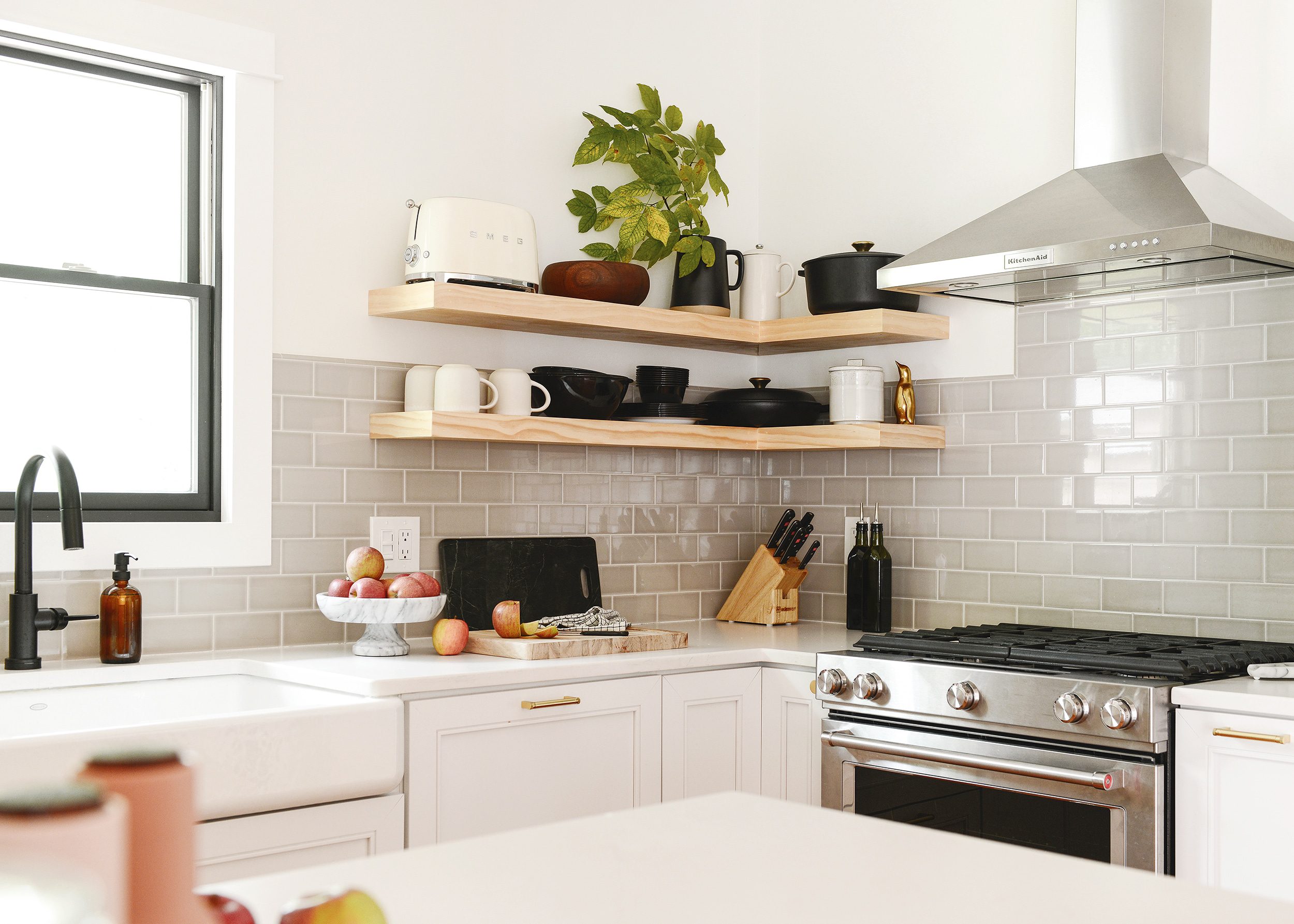If your kitchen sink water pressure is too low, the first thing you should check is the aerator. This is a small mesh screen that covers the end of the faucet and helps to regulate the flow of water. Over time, sediment and debris can build up in the aerator, causing it to clog and restrict water flow. To check the aerator, simply unscrew it from the end of the faucet and clean out any debris. If it is damaged or worn, you may need to replace it with a new one.Check the aerator
Another potential cause of low water pressure in your kitchen sink is a partially closed water supply valve. This valve controls the flow of water into your home and is typically located near the main water line. If it is not fully open, it can restrict the flow of water to your sink. Make sure to check that the valve is completely open and if it is not, turn it all the way to the open position.Check the water supply valve
Many homes have a water pressure regulator installed to control the water pressure coming into the house. If this regulator is not functioning properly, it can cause low water pressure in your kitchen sink. You can check the pressure by using a water pressure gauge on an outdoor faucet. If the pressure is below 40 psi, you may need to adjust or replace the regulator.Check the water pressure regulator
If you have an older home, it is possible that your pipes may be clogged with mineral deposits or debris. This can restrict the flow of water and lead to low water pressure in your kitchen sink. To check for clogs, you can try running hot water through the pipes or using a plumbing snake to clear out any blockages.Check the pipes for clogs
The faucet cartridge is a small valve inside the faucet that controls the flow of water. If it is damaged or worn, it can cause low water pressure in your kitchen sink. To check the cartridge, you will need to turn off the water supply and disassemble the faucet. If the cartridge is damaged, you will need to replace it with a new one.Check the faucet cartridge
If your kitchen sink has a water filter attached, it is important to regularly replace the filter to maintain good water pressure. Over time, the filter can become clogged with debris and sediment, which can restrict water flow. Refer to the manufacturer's instructions for how often to replace your water filter.Check the water filter
A leak in the pipes can also cause low water pressure in your kitchen sink. Even a small leak can significantly reduce the amount of water flowing through the pipes. Check all visible pipes for any signs of leaks, such as water stains or puddles. If you find a leak, it is important to fix it as soon as possible to avoid further damage.Check for leaks in the pipes
If you have low water pressure throughout your entire house, the issue may be with your water heater. Sediment and debris can build up in the tank, causing it to function less efficiently and reducing water pressure. You can try flushing out the water heater to remove any buildup and improve water pressure.Check the water heater
A water pressure gauge can help you determine if your water pressure is too low. You can attach the gauge to an outdoor faucet and see if the pressure is below 40 psi. If it is, you may need to adjust or replace your water pressure regulator to improve the flow of water to your kitchen sink.Check the water pressure gauge
If you have checked all of these potential causes and are still experiencing low water pressure in your kitchen sink, it may be time to call a plumber. A professional can assess the problem and provide a solution, whether it be repairing or replacing pipes, fixing a water pressure regulator, or installing a new faucet. It is important to address low water pressure issues as soon as possible to prevent further damage to your plumbing system.Call a plumber for professional help
How to Increase Water Pressure in Your Kitchen Sink: Tips and Tricks

Addressing Low Water Pressure in Your Kitchen Sink
 If you've noticed that the water pressure in your kitchen sink has decreased, you're not alone. Many homeowners experience this issue and it can be frustrating, especially when you're trying to wash dishes or fill a pot with water. Low water pressure can be caused by a variety of factors, such as clogged pipes, a faulty faucet, or even issues with your home's water supply. In this article, we'll explore some tips and tricks to help you increase the water pressure in your kitchen sink.
If you've noticed that the water pressure in your kitchen sink has decreased, you're not alone. Many homeowners experience this issue and it can be frustrating, especially when you're trying to wash dishes or fill a pot with water. Low water pressure can be caused by a variety of factors, such as clogged pipes, a faulty faucet, or even issues with your home's water supply. In this article, we'll explore some tips and tricks to help you increase the water pressure in your kitchen sink.
Check for Clogged Pipes
 One of the most common causes of low water pressure in the kitchen sink is clogged pipes. Over time, mineral deposits, debris, and other build-up can accumulate in your pipes, restricting the flow of water. This can also happen in the aerator, the small filter at the end of your faucet that helps regulate water flow. To check for clogs, unscrew the aerator and clean it with a mixture of vinegar and water. If you notice any other clogs in your pipes, it may be best to call a professional plumber to help clear them.
One of the most common causes of low water pressure in the kitchen sink is clogged pipes. Over time, mineral deposits, debris, and other build-up can accumulate in your pipes, restricting the flow of water. This can also happen in the aerator, the small filter at the end of your faucet that helps regulate water flow. To check for clogs, unscrew the aerator and clean it with a mixture of vinegar and water. If you notice any other clogs in your pipes, it may be best to call a professional plumber to help clear them.
Inspect Your Faucet
 Another potential cause of low water pressure in your kitchen sink could be a faulty faucet. Over time, the internal components of your faucet can wear out or become damaged, causing a decrease in water pressure. If you notice that the water pressure is only low in one specific faucet, it may be time to replace it. Consider investing in a high-quality faucet with adjustable water flow settings, so you can customize the pressure to your liking.
Another potential cause of low water pressure in your kitchen sink could be a faulty faucet. Over time, the internal components of your faucet can wear out or become damaged, causing a decrease in water pressure. If you notice that the water pressure is only low in one specific faucet, it may be time to replace it. Consider investing in a high-quality faucet with adjustable water flow settings, so you can customize the pressure to your liking.
Check Your Home's Water Supply
 In some cases, low water pressure in the kitchen sink could be a result of issues with your home's water supply. If you live in an older home, it's possible that your pipes may be corroding or becoming damaged, leading to a decrease in water pressure. Additionally, if your home is connected to a well, it's important to regularly check and maintain the pump to ensure proper water flow. If you suspect issues with your home's water supply, it's best to consult with a professional plumber for further assistance.
In some cases, low water pressure in the kitchen sink could be a result of issues with your home's water supply. If you live in an older home, it's possible that your pipes may be corroding or becoming damaged, leading to a decrease in water pressure. Additionally, if your home is connected to a well, it's important to regularly check and maintain the pump to ensure proper water flow. If you suspect issues with your home's water supply, it's best to consult with a professional plumber for further assistance.
Consider Installing a Water Pressure Booster
 For those struggling with consistently low water pressure in their kitchen sink, investing in a water pressure booster may be a game-changer. This device works by increasing the force of water as it enters your home, resulting in higher water pressure throughout your plumbing system. Water pressure boosters can be installed by a professional plumber and can make a significant difference in your daily water usage.
For those struggling with consistently low water pressure in their kitchen sink, investing in a water pressure booster may be a game-changer. This device works by increasing the force of water as it enters your home, resulting in higher water pressure throughout your plumbing system. Water pressure boosters can be installed by a professional plumber and can make a significant difference in your daily water usage.
Final Thoughts
 Low water pressure in your kitchen sink can be frustrating, but it's a common issue that can be addressed with the right solutions. By checking for clogs, inspecting your faucet, and considering potential issues with your home's water supply, you can increase the water pressure in your kitchen sink and improve your overall water usage experience. Don't hesitate to seek the help of a professional plumber if you're unable to solve the issue on your own.
Low water pressure in your kitchen sink can be frustrating, but it's a common issue that can be addressed with the right solutions. By checking for clogs, inspecting your faucet, and considering potential issues with your home's water supply, you can increase the water pressure in your kitchen sink and improve your overall water usage experience. Don't hesitate to seek the help of a professional plumber if you're unable to solve the issue on your own.


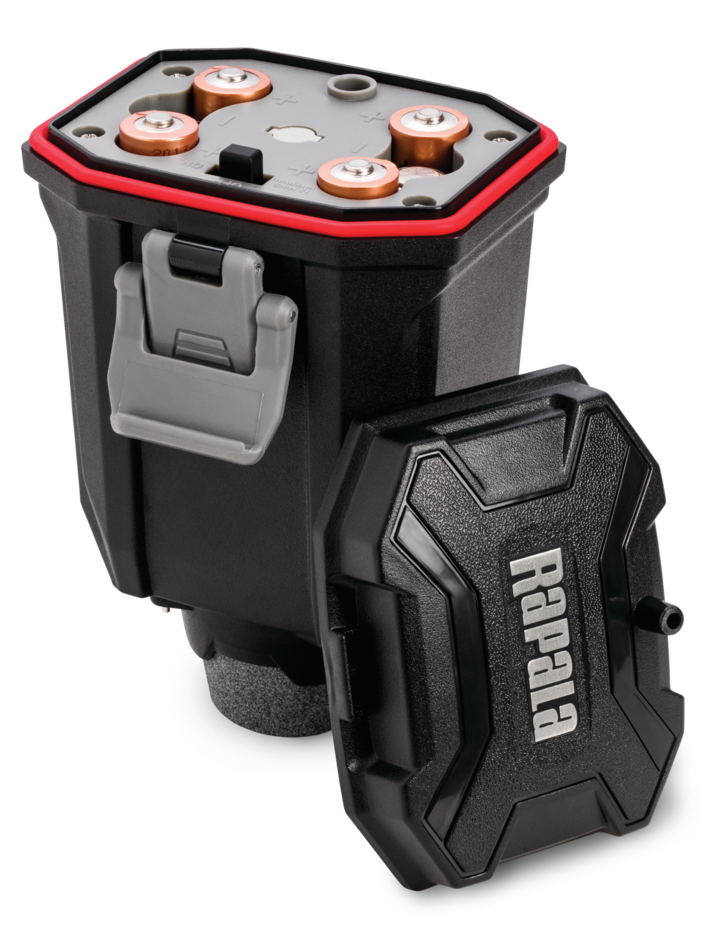
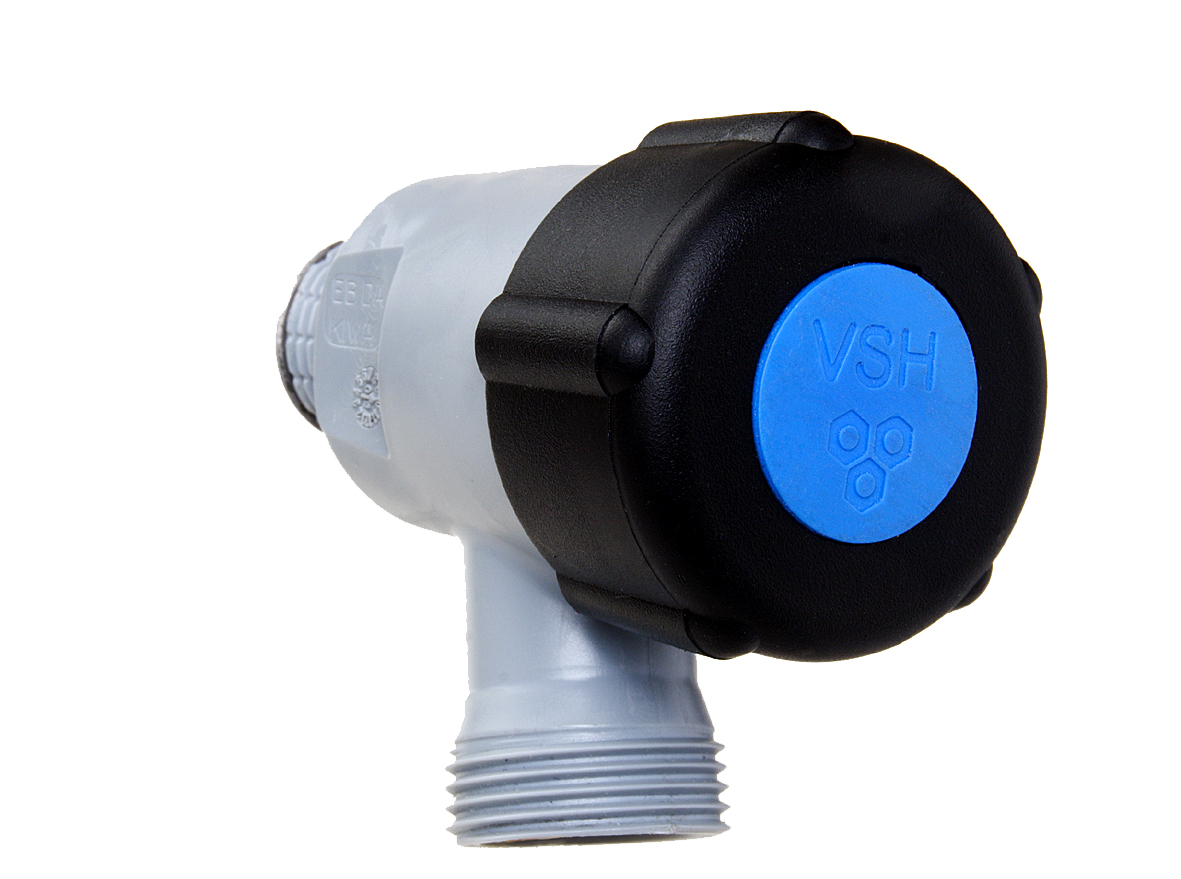


















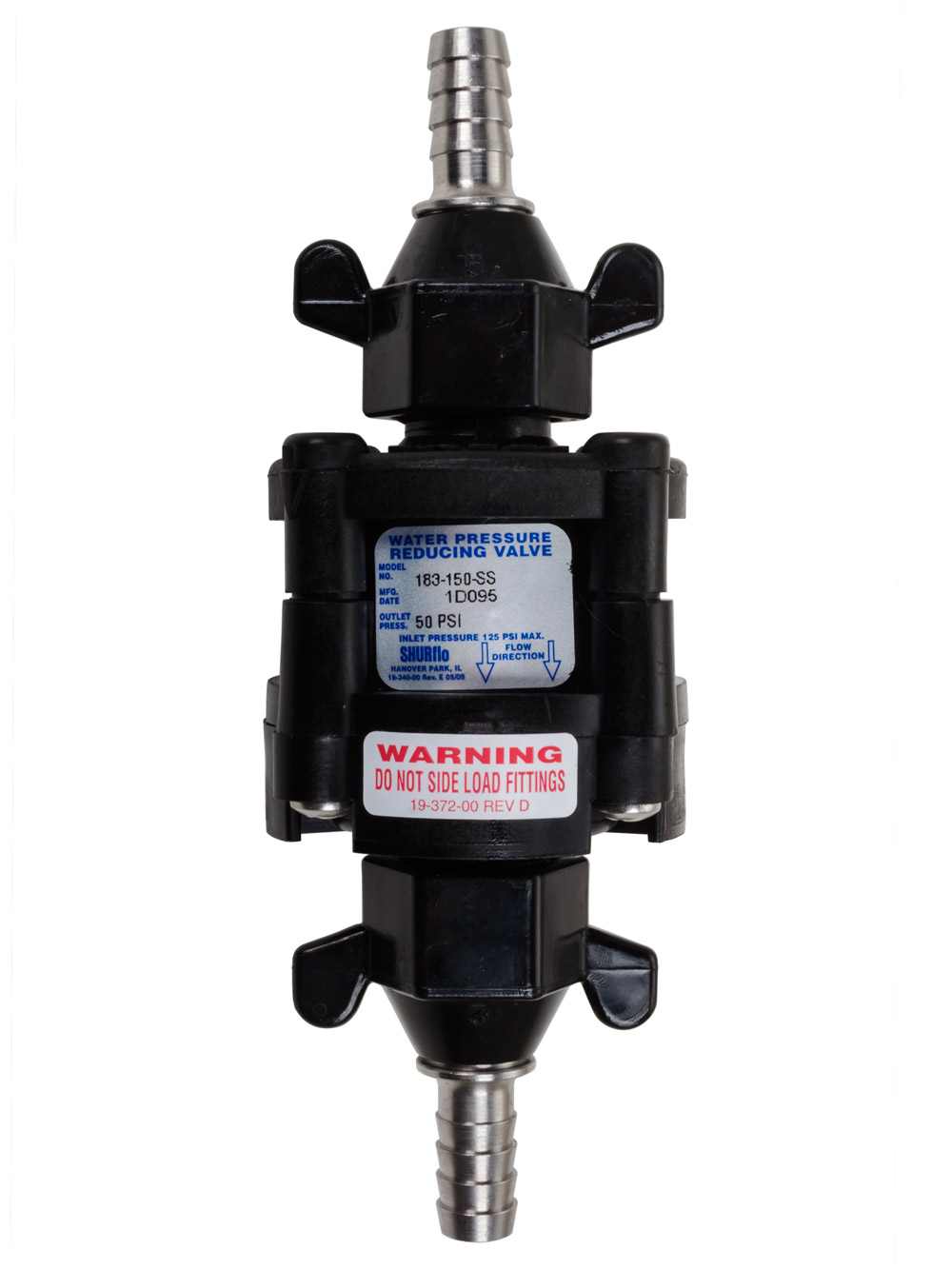


:max_bytes(150000):strip_icc()/the-men-s-hand-opens-the-ball-valve-on-the-collector-1006810456-5c5fc73fc9e77c000159c4af.jpg)





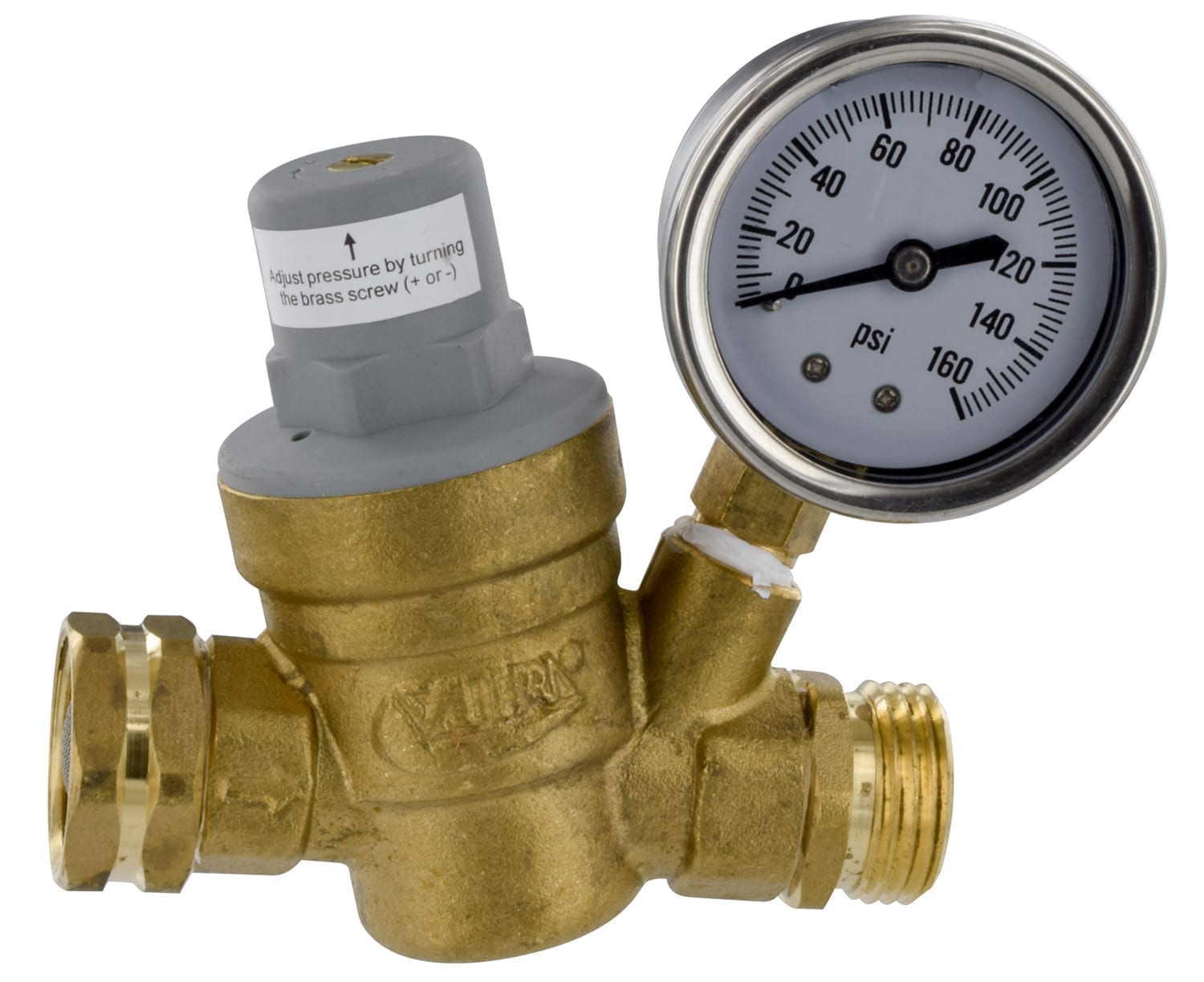
:max_bytes(150000):strip_icc()/testing-water-pressure-in-your-home-2718692-04-c37ab3236d0d4b61b87079ebf9ef823e.jpg)












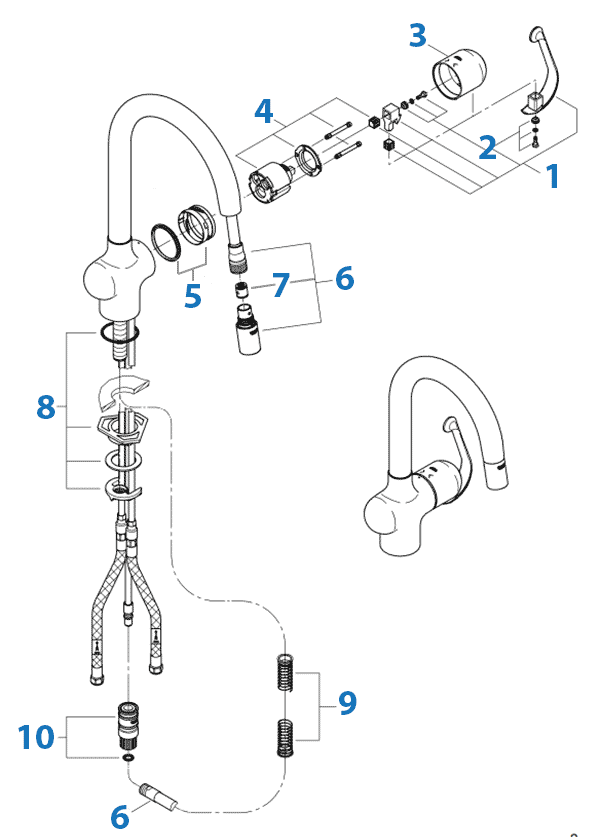



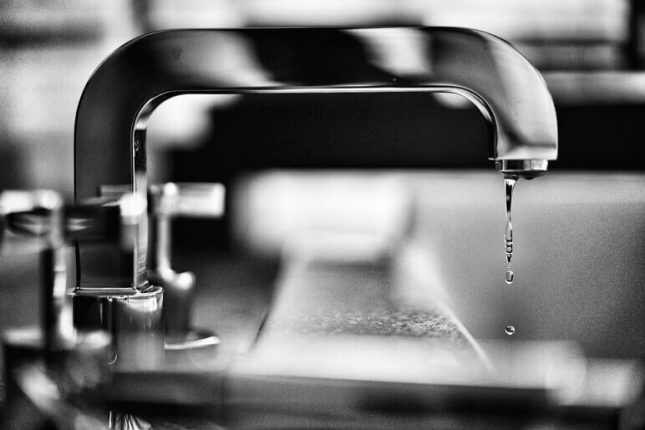











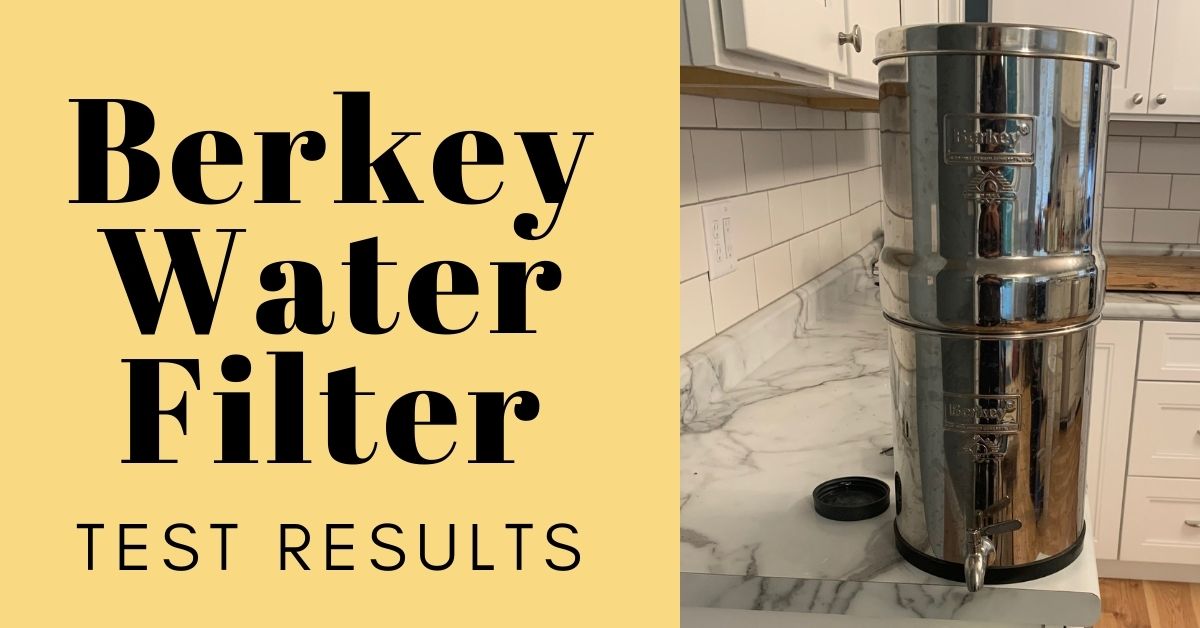

/cdn.vox-cdn.com/uploads/chorus_image/image/63879746/WaterFilter_2.0.jpg)

















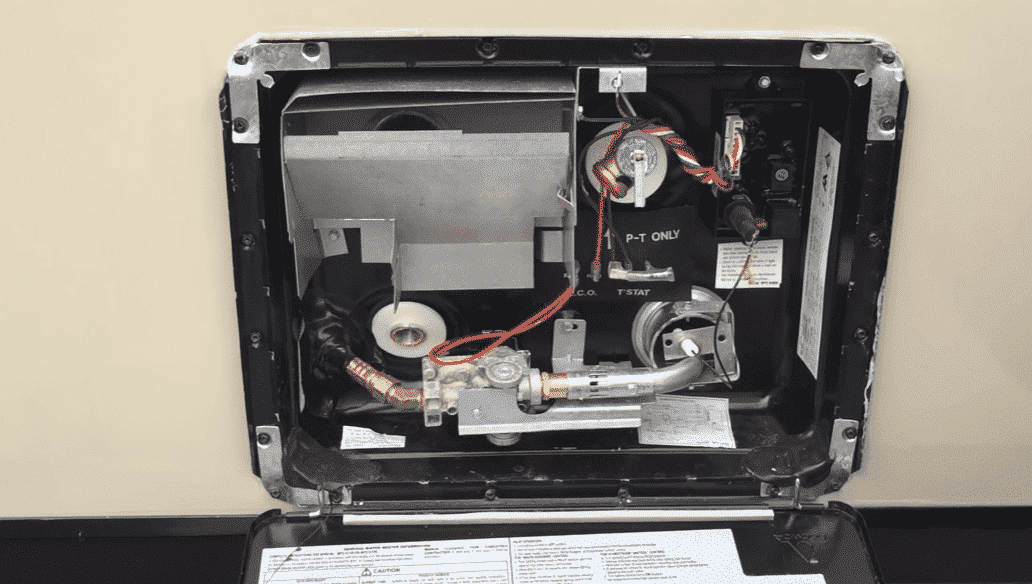
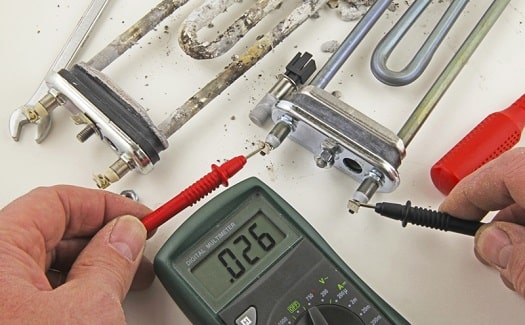








/testing-water-pressure-in-your-home-2718692-hero-98f45508ca5d44b6b551034ac5cedab5.jpg)




